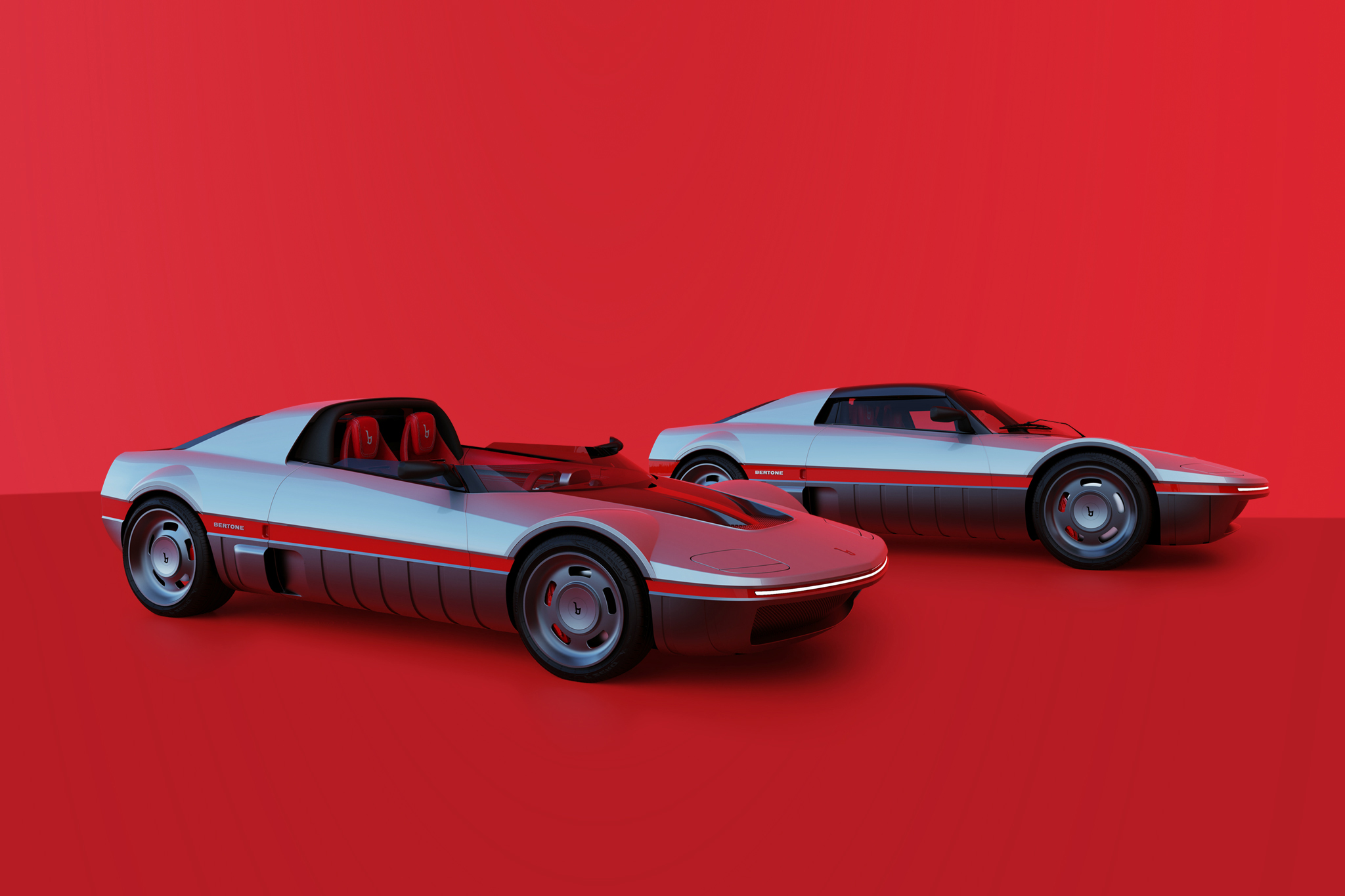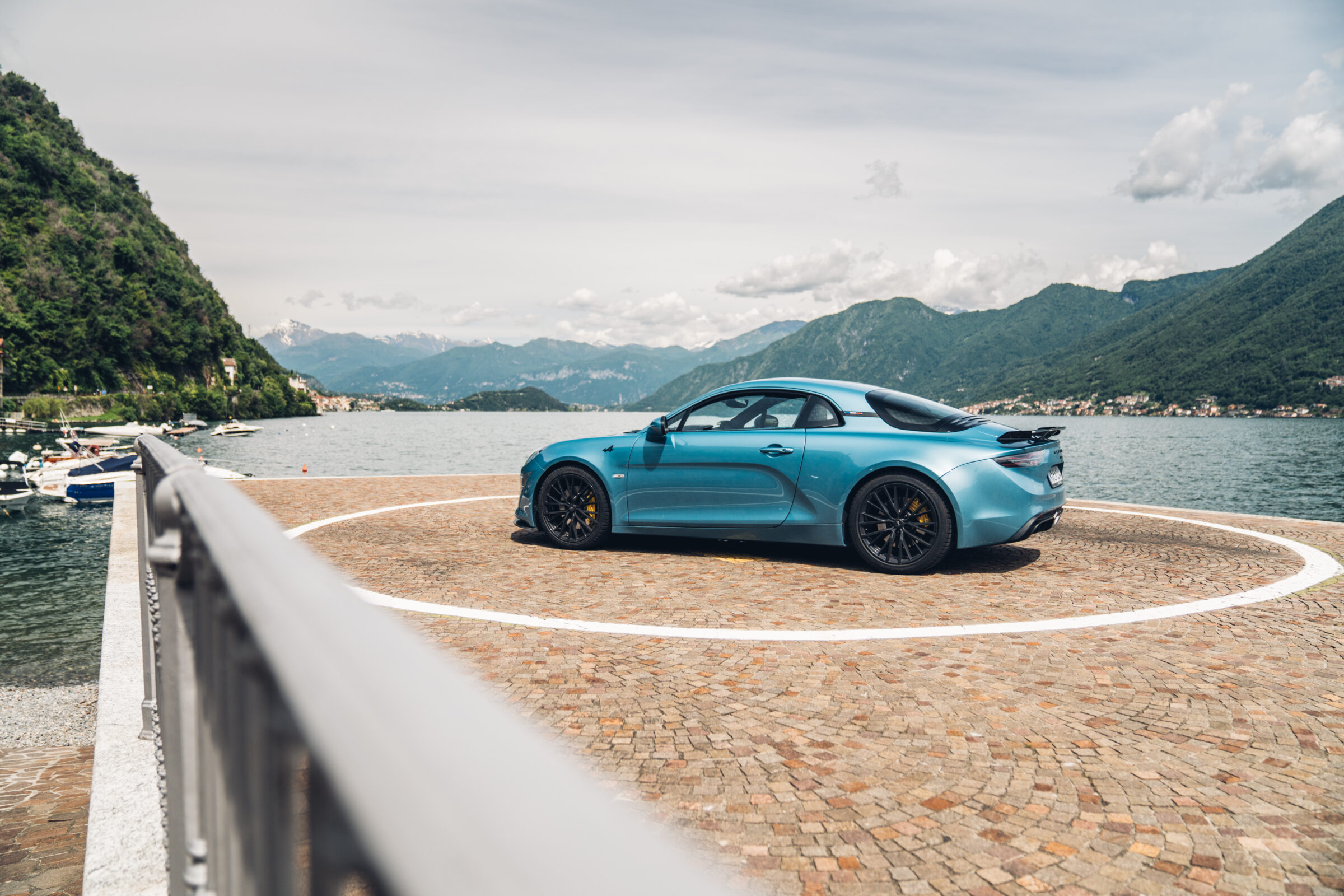Lancia Flaminia Sport Zagato
For today’s youth Lancia is probably one of the rather unknown car brands. Although they still sell cars, but only the slightly outdated small car Ypsilon and only in their home market Italy. From the point of view of long-time connoisseurs of automotive history, this development is extremely tragic and solely due to various mistakes made by the parent company Fiat. Originally Lancia was one of the most innovative manufacturers worldwide and patented several innovations between their foundation in 1906 and the beginning of World War 2. After the war, the brand was unable to build on its great success because the production costs of the Appia and Aprilia models were too high due to old machines. In addition, there were high expenses for their activities in sports car racing and Formula 1. This eventually led to financial problems and in 1955 to the sale of the family business to the cement manufacturer and building contractor Carlo Presenti. He turned some areas within the company upside down and hired a new Technical Director, Antonio Fessia. In the spring of 1957, they replaced the top-of-the-range Aurelia with the new Flaminia, which received a sedan body from Pininfarina.
The design was inspired by the in-house concept car Florida I presented in 1955. However, while this still had four counter-opening doors, the Flaminia came with four conventional doors. In the following years, various manufacturers from all over the world used the trapezoidal shape of the Flaminia body as a basis for their new sedans. A first prototype made its debut in 1956 at the Turin Motor Show and directly became a star of the show. The engine was a V6, which was still very unusual in the car world at that time. Normally other brands used inline engines with six or more cylinders. Initially this engine produced 75 kW/102 hp, which rose to 81 kW/110 hp in 1961 and one year later to 95 kW/129 hp by increasing the displacement from 2.5 to 2.8 liters. Further unusual detail solutions were the two windscreen wipers on the outside and inside of the rear window, a compressed air unit for opening and closing the third side window, a switchable horn for use inside and outside town as well as electric windows and a heatable rear window in later series. The high sales price and the high taxation of vehicles with more than two liters capacity in many countries kept the spread of the Lancia Flaminia within narrow limits. Between 1957 and 1970, only about 4,000 limousines were built.
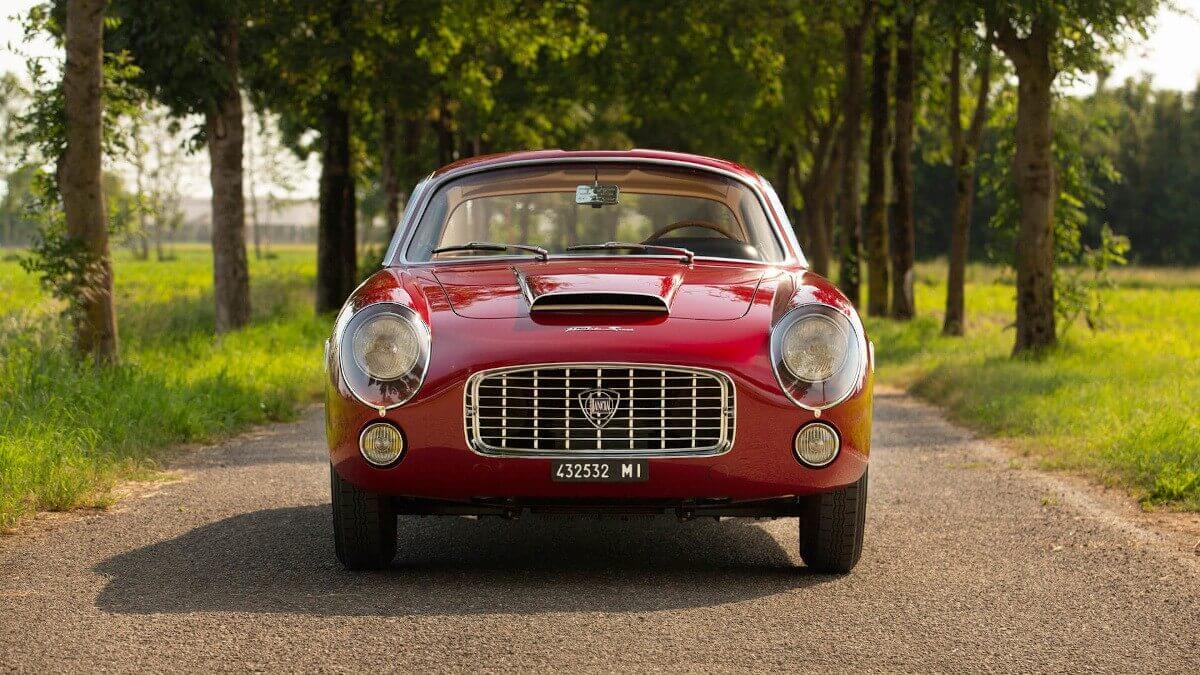

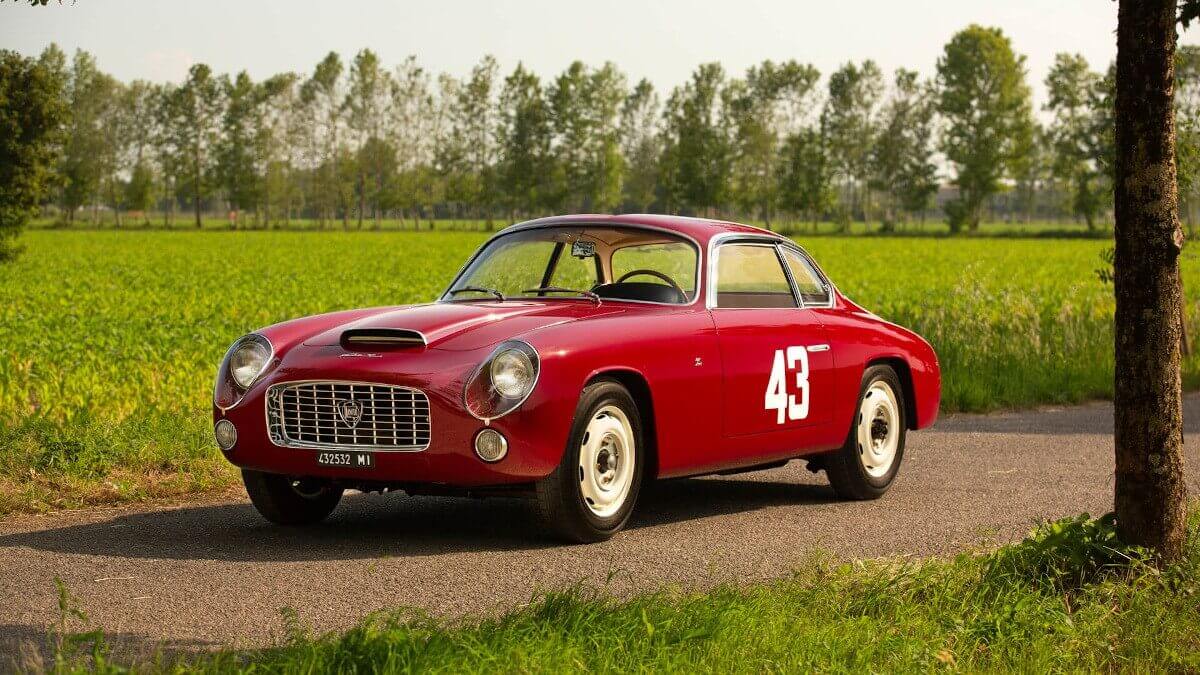

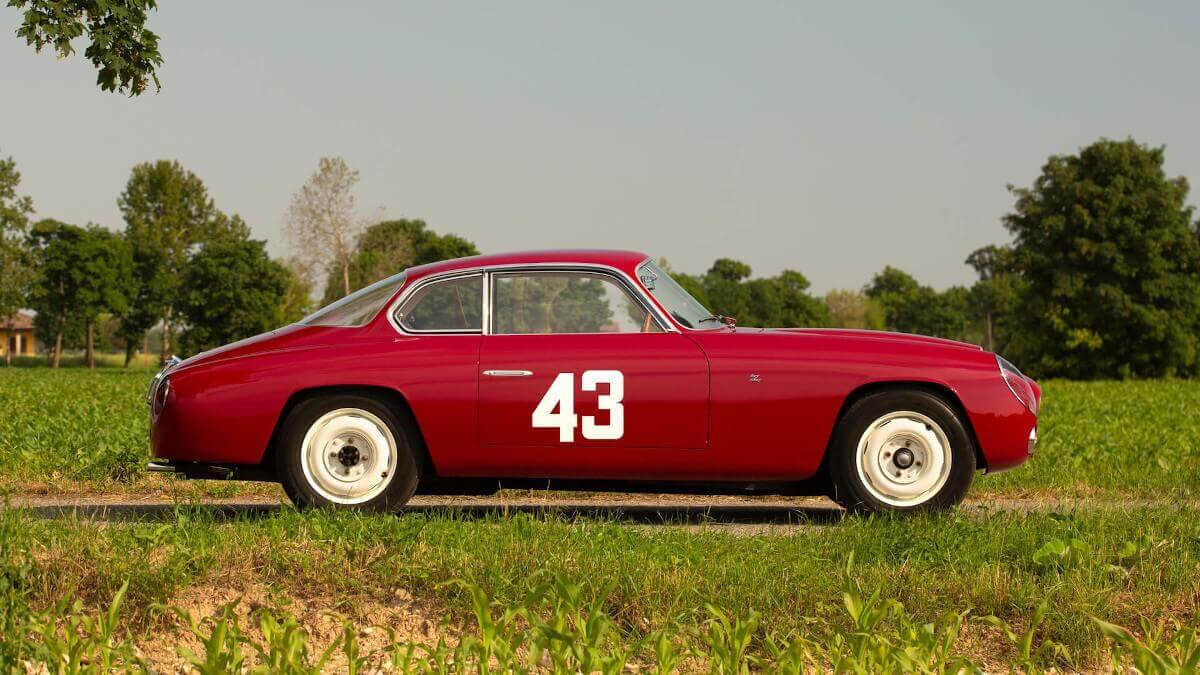

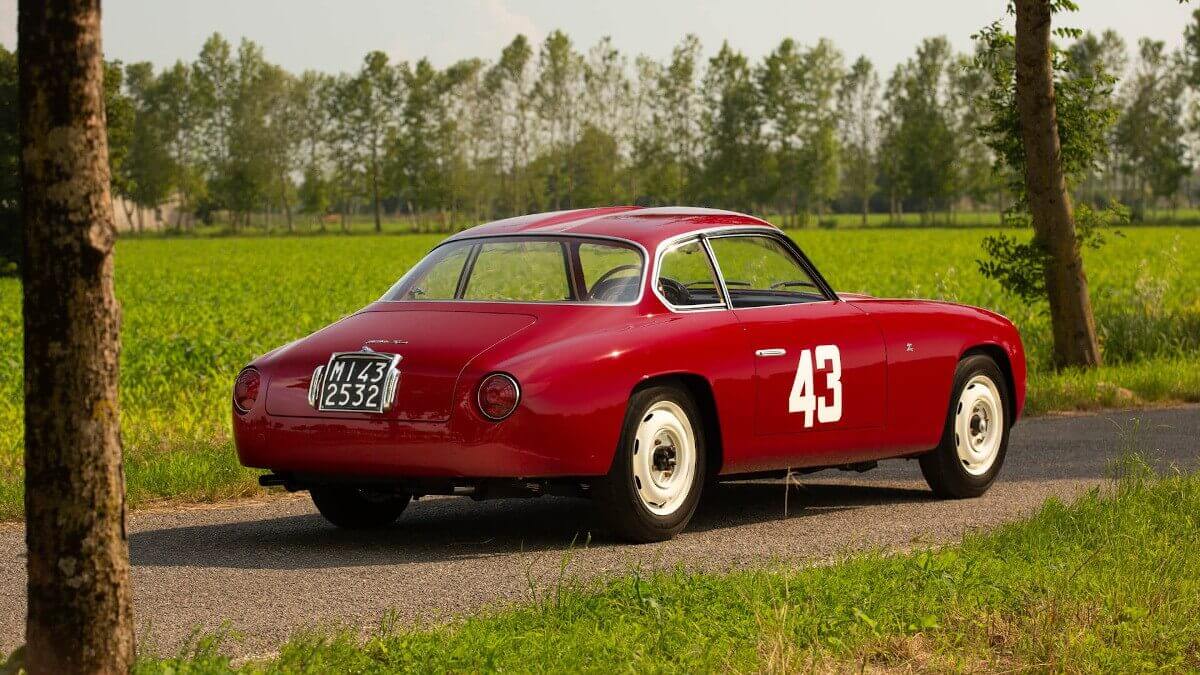

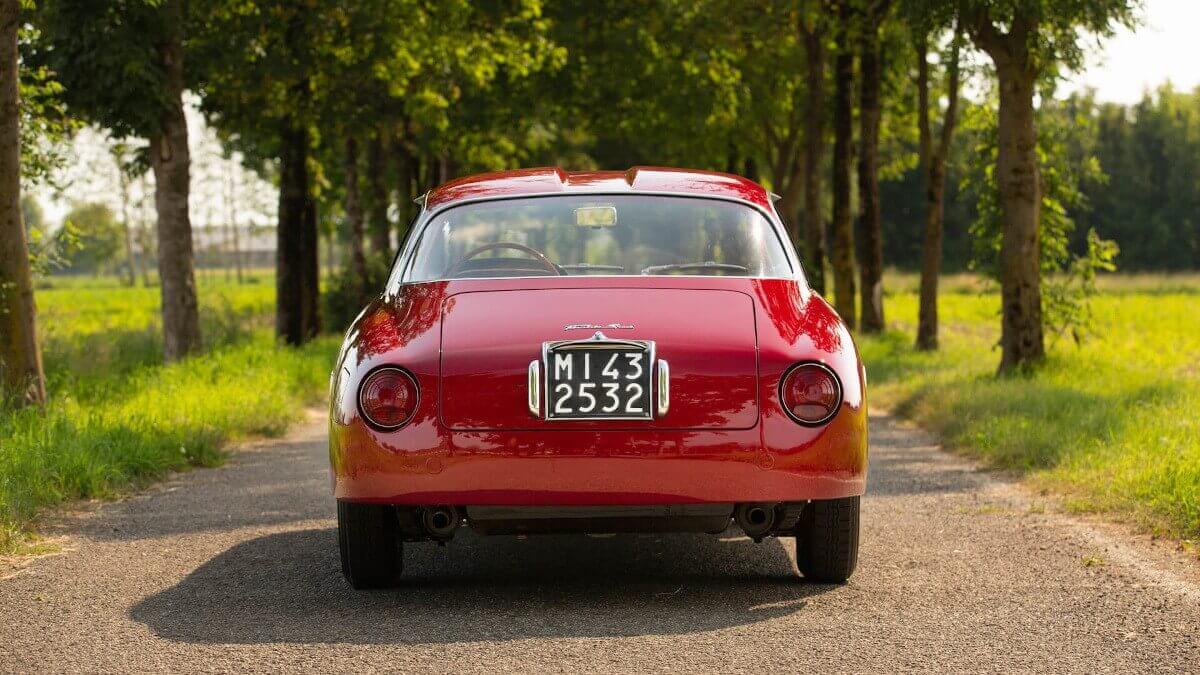

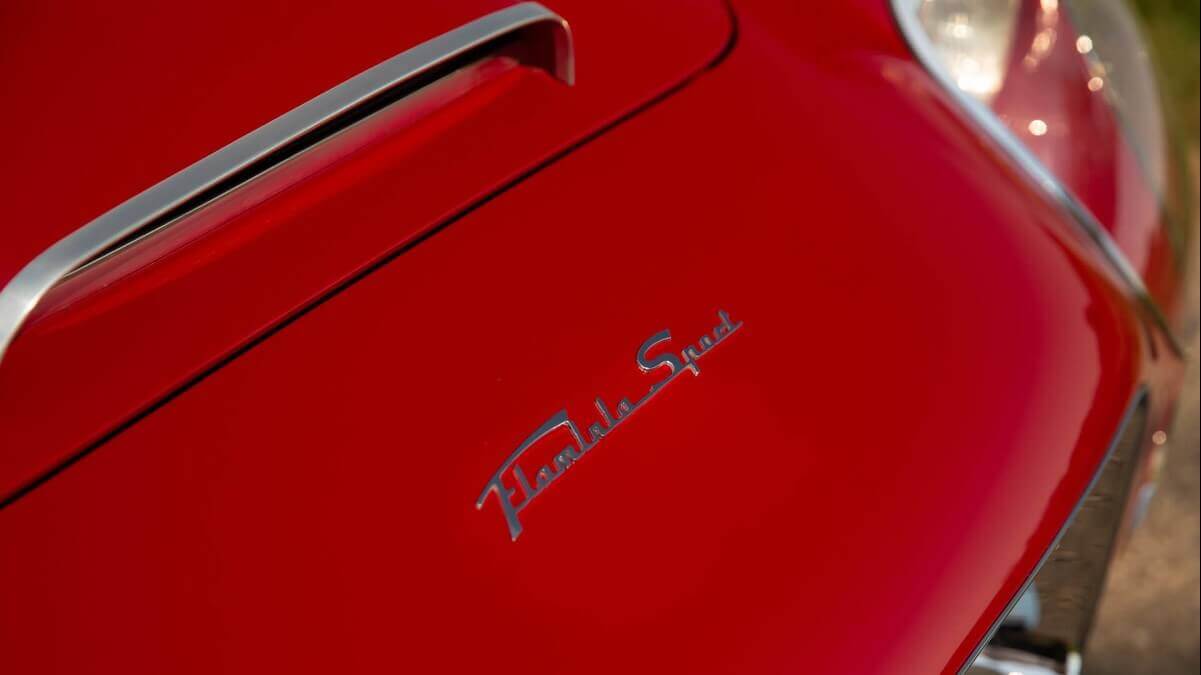

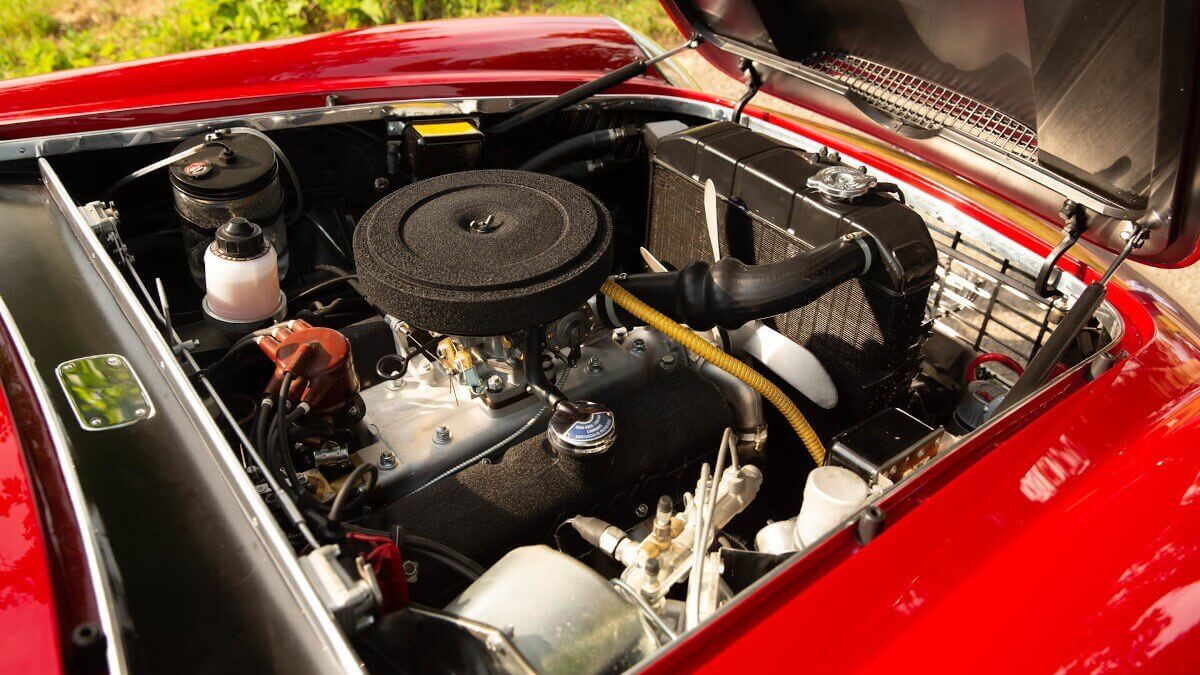

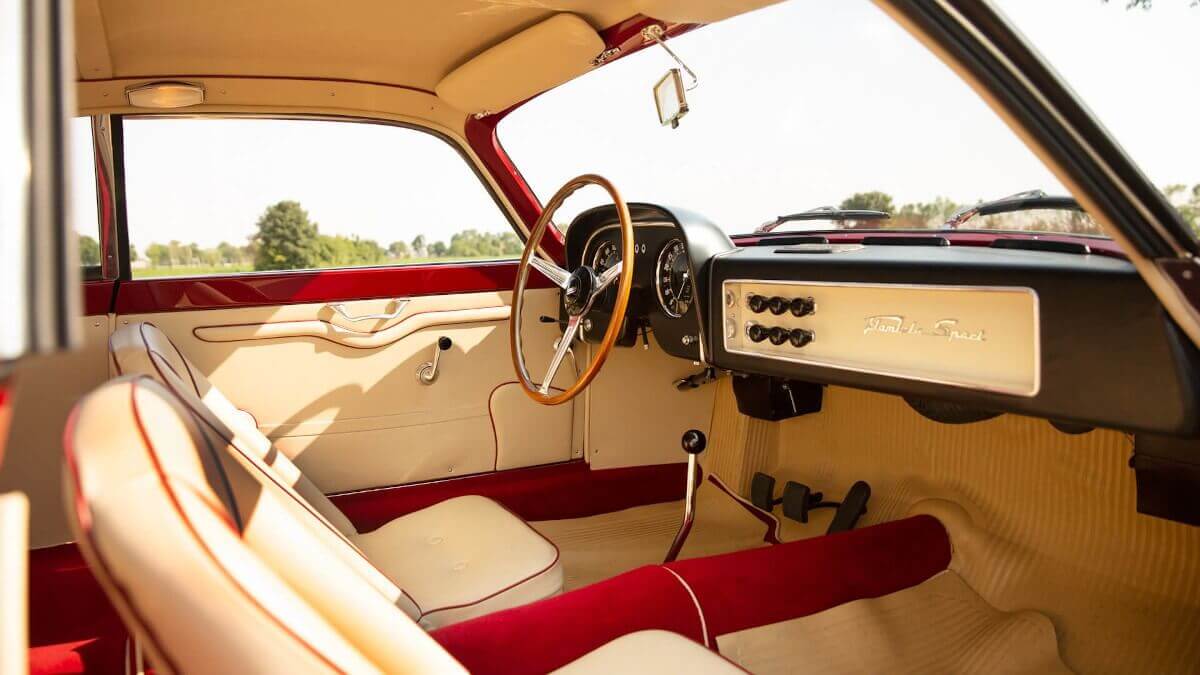

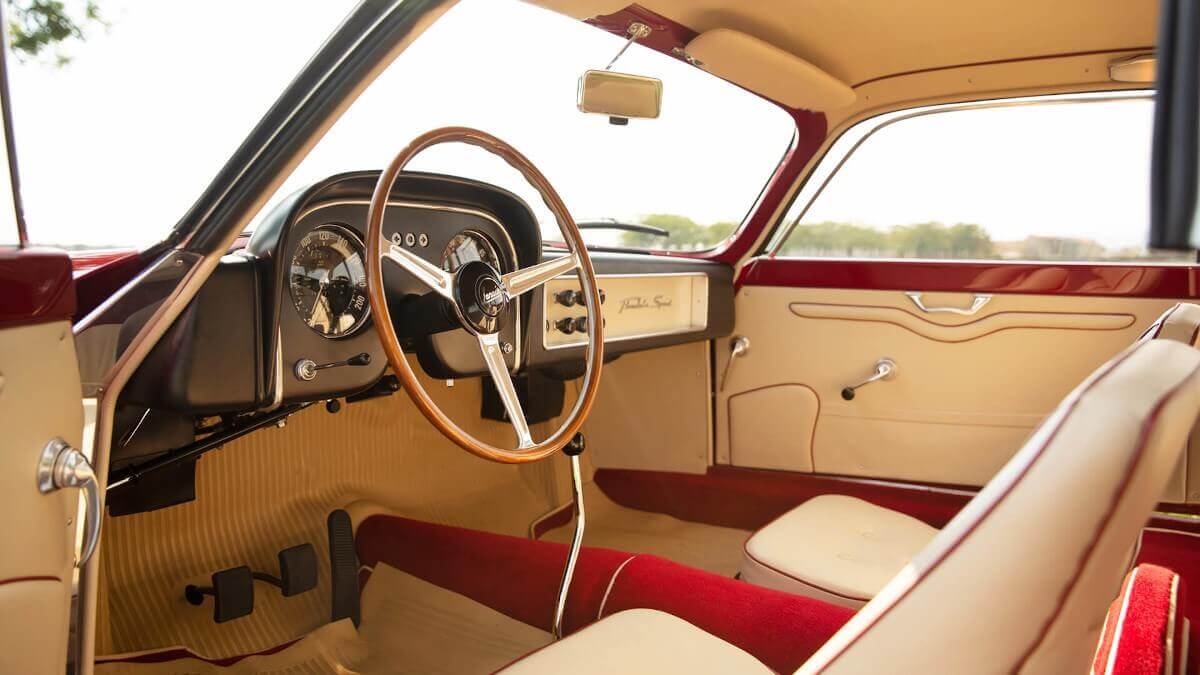

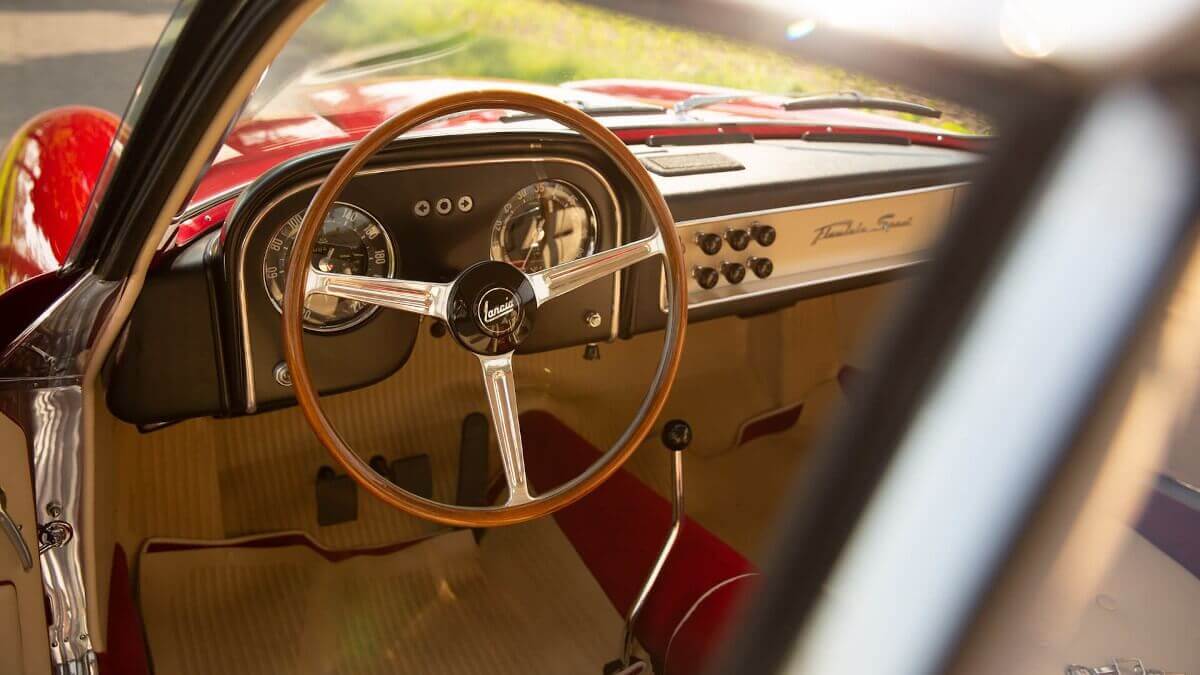



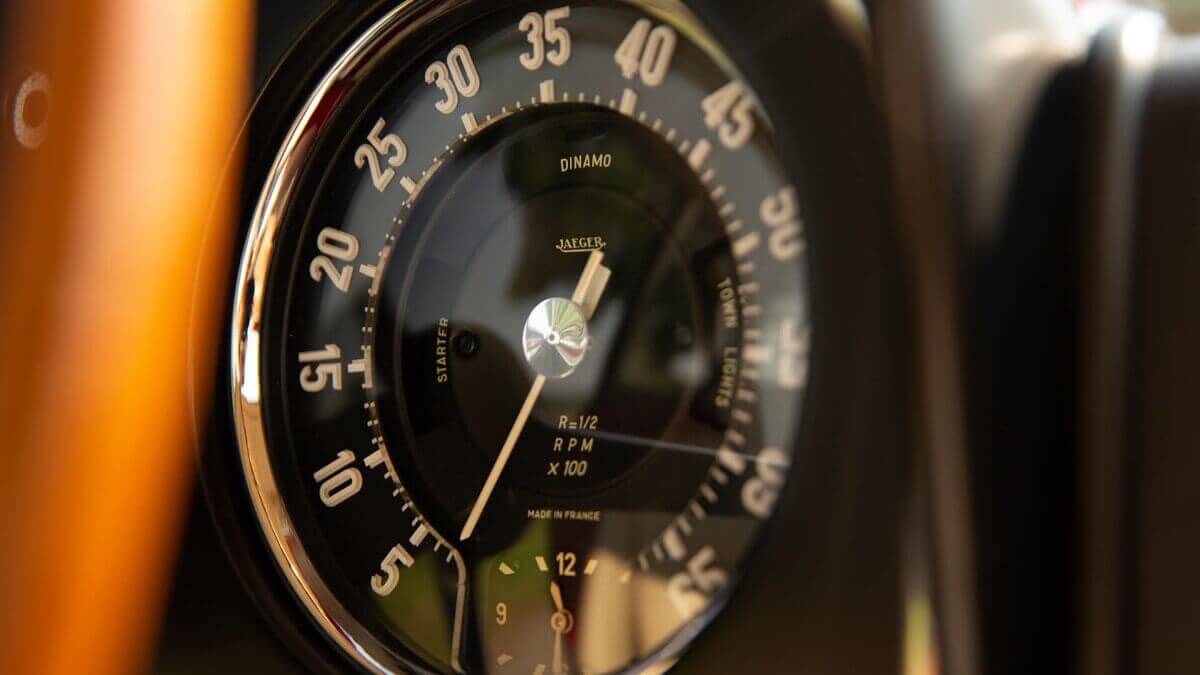

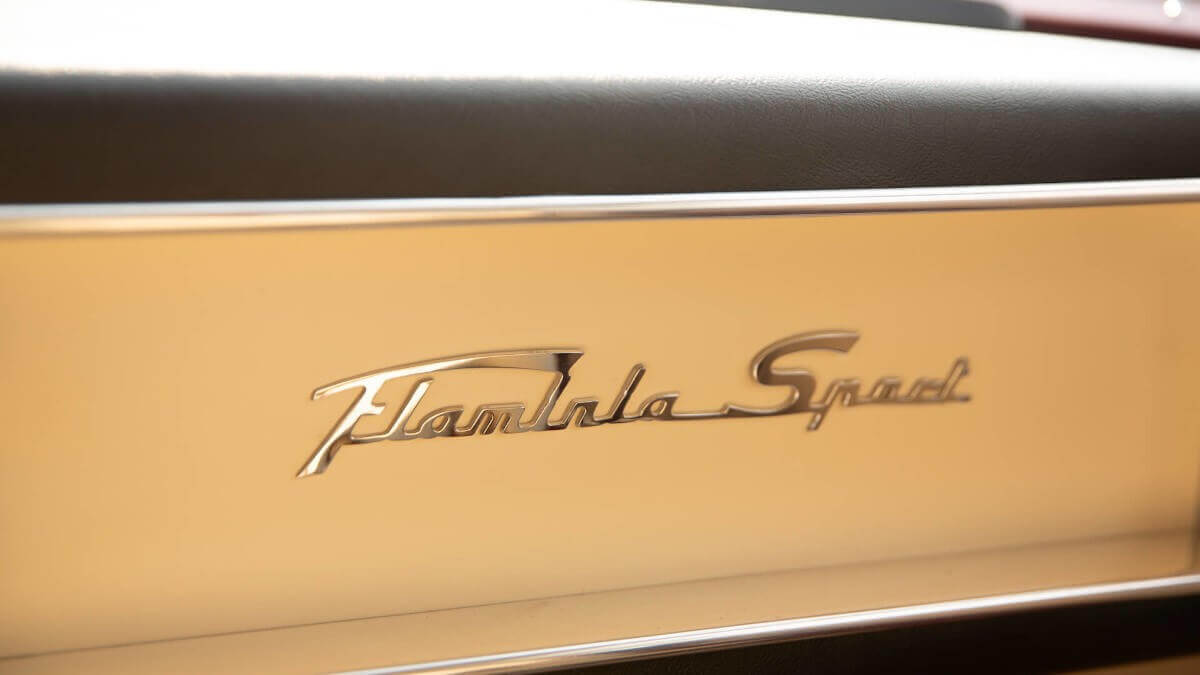

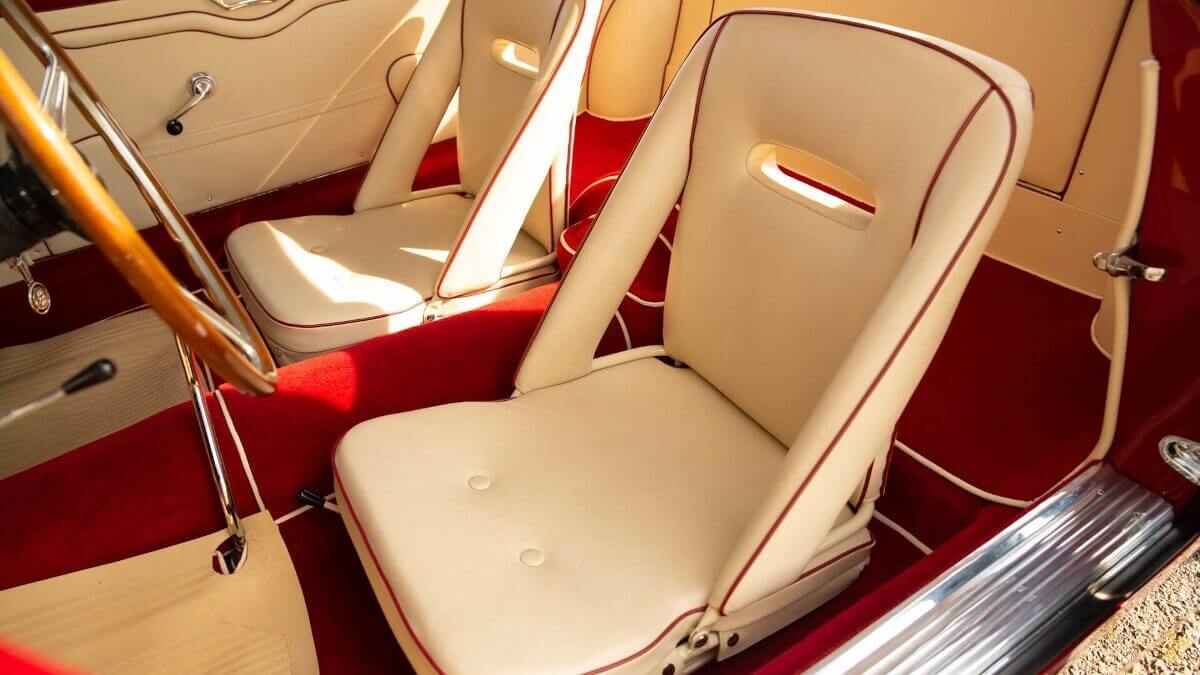

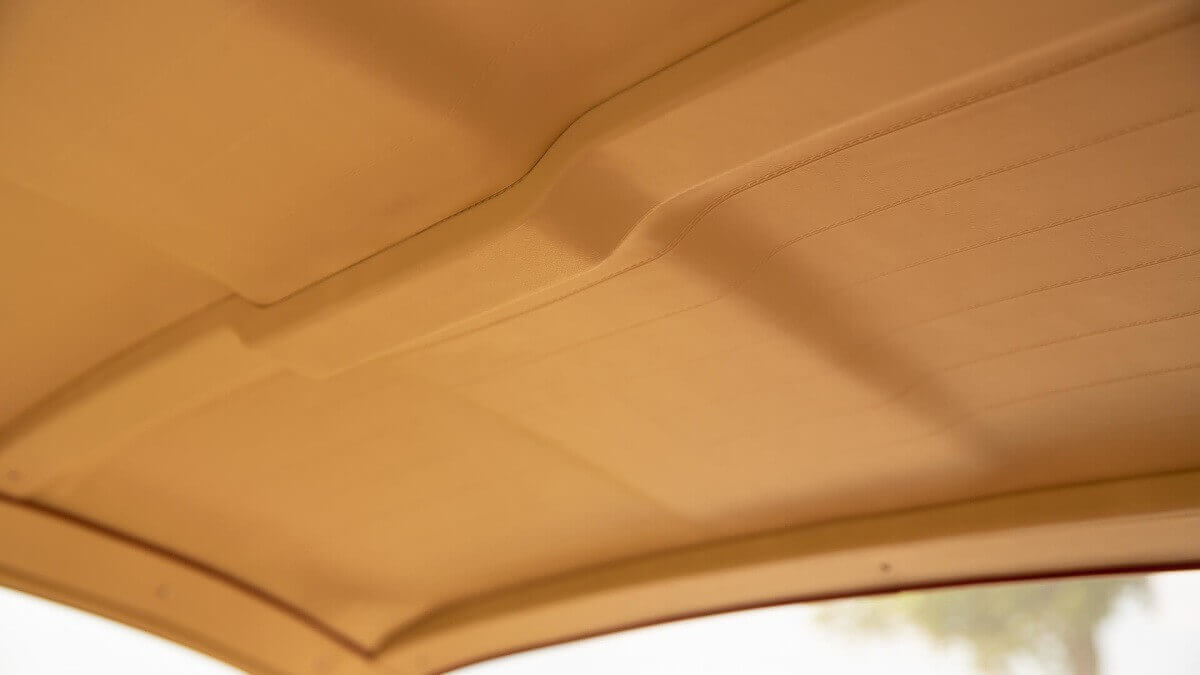

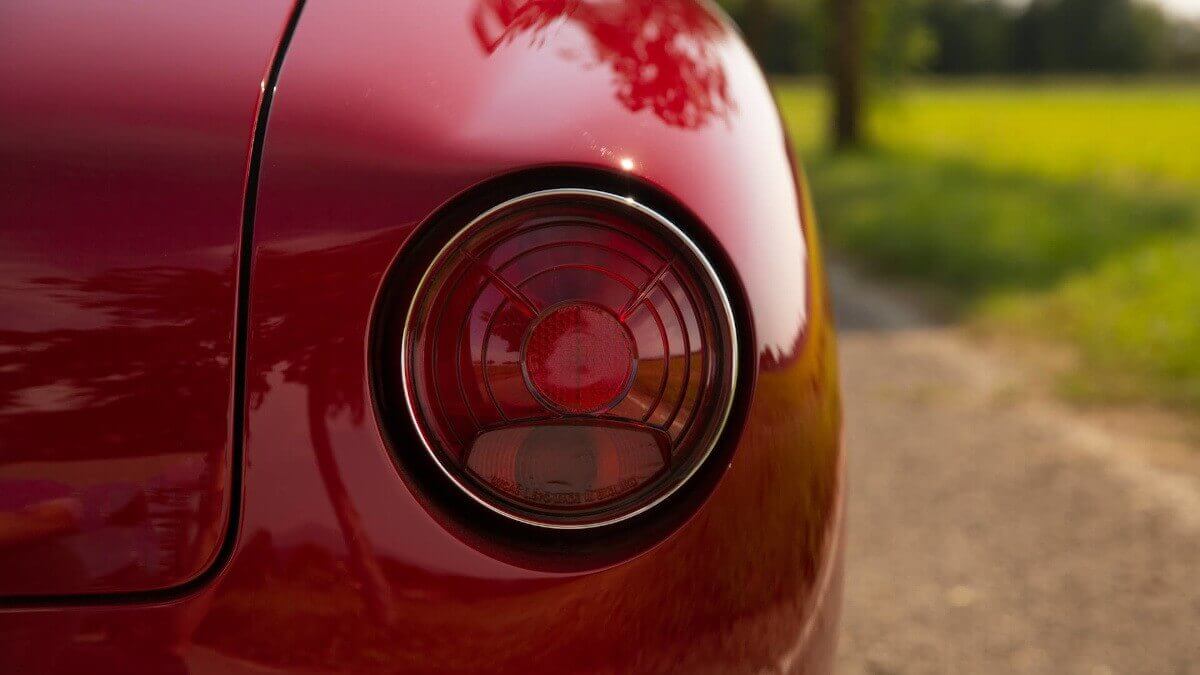

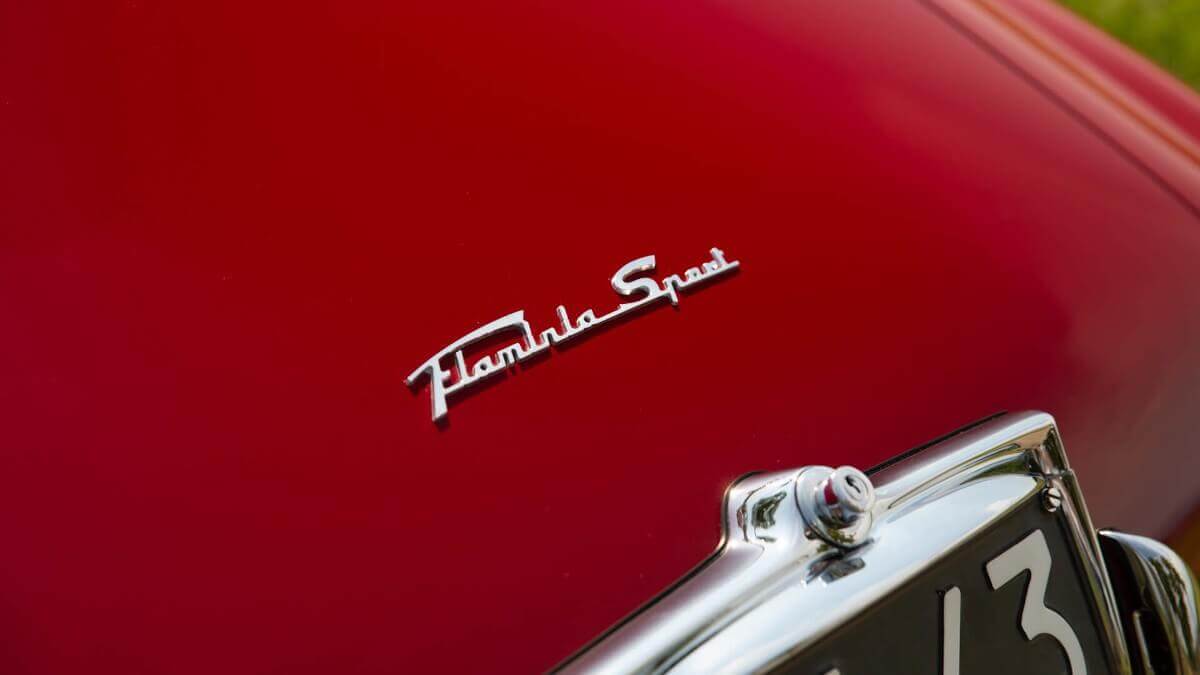

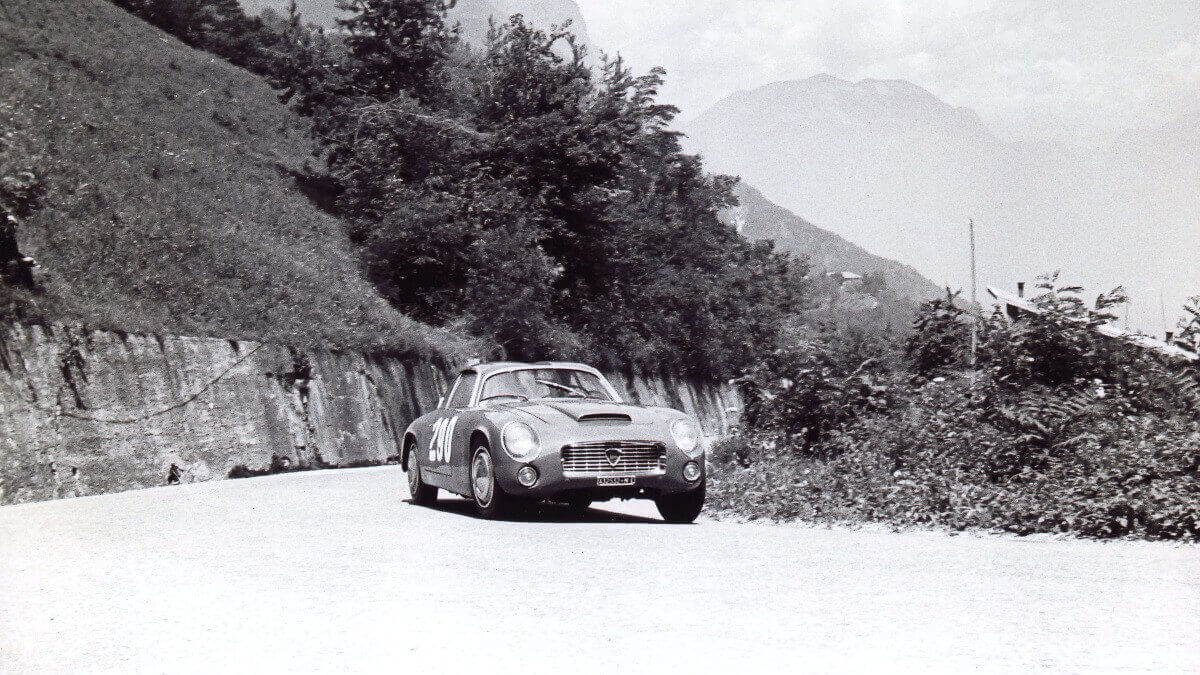

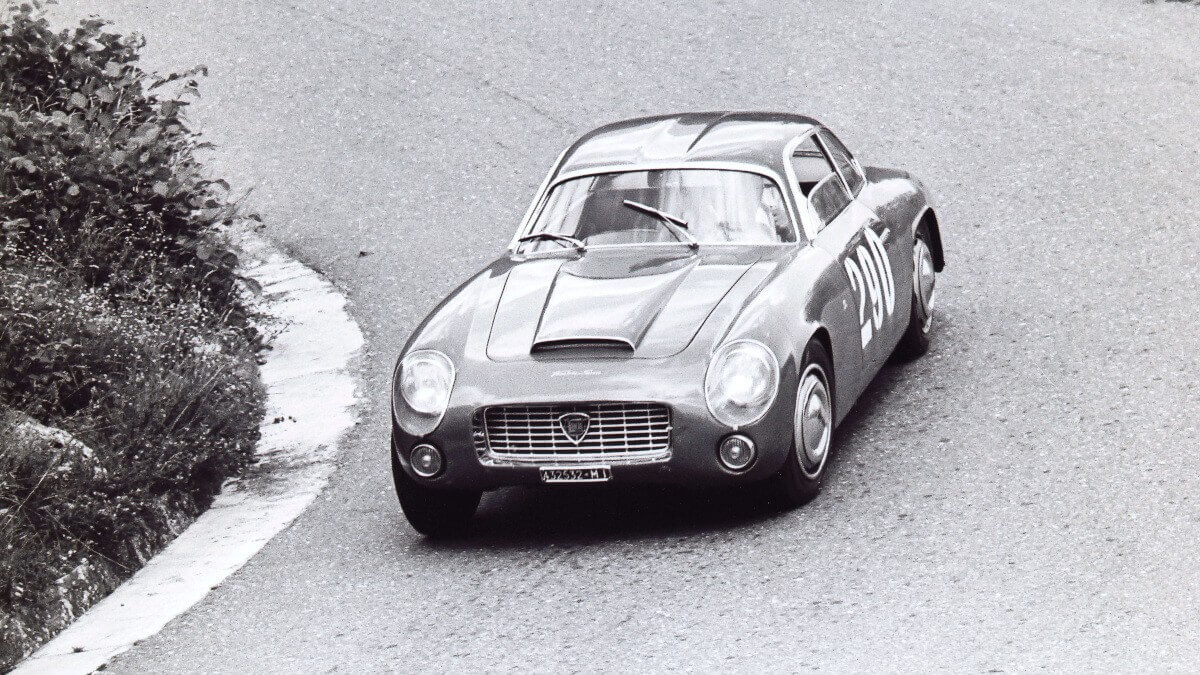

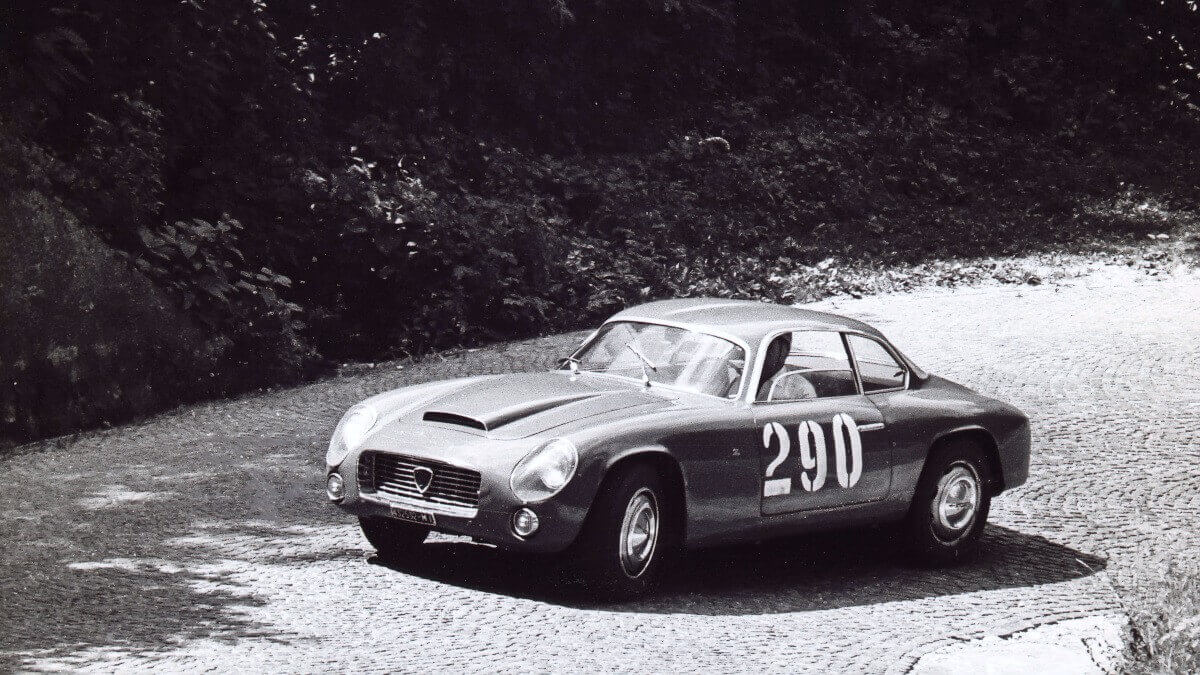

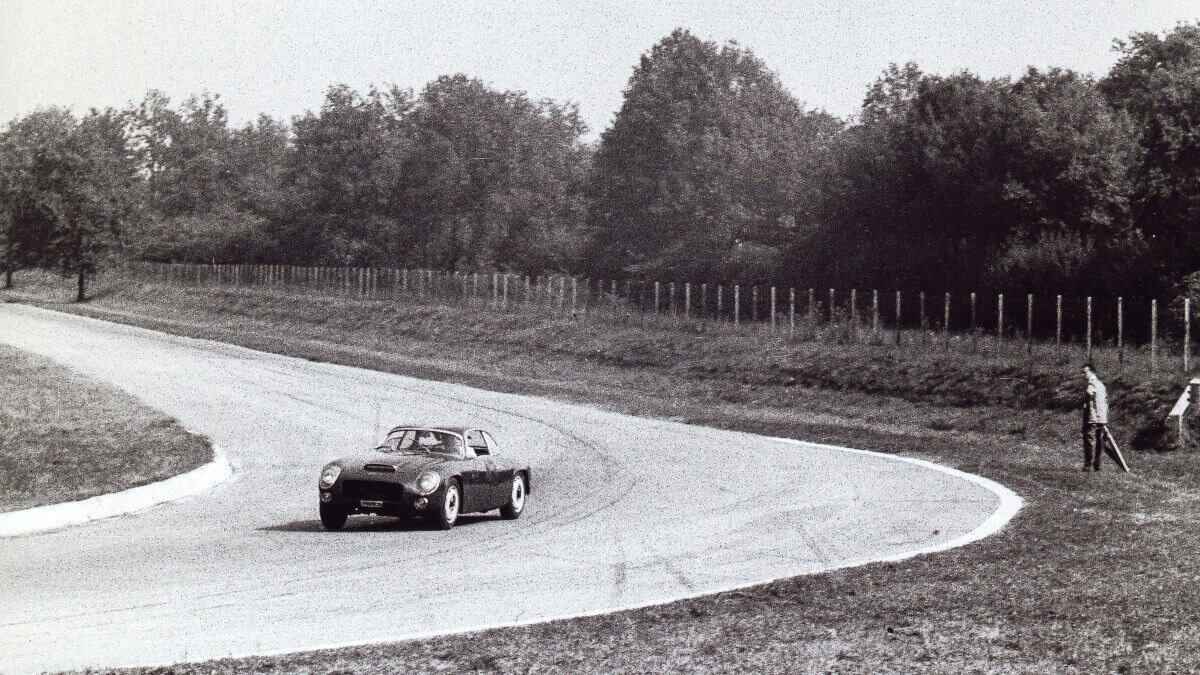

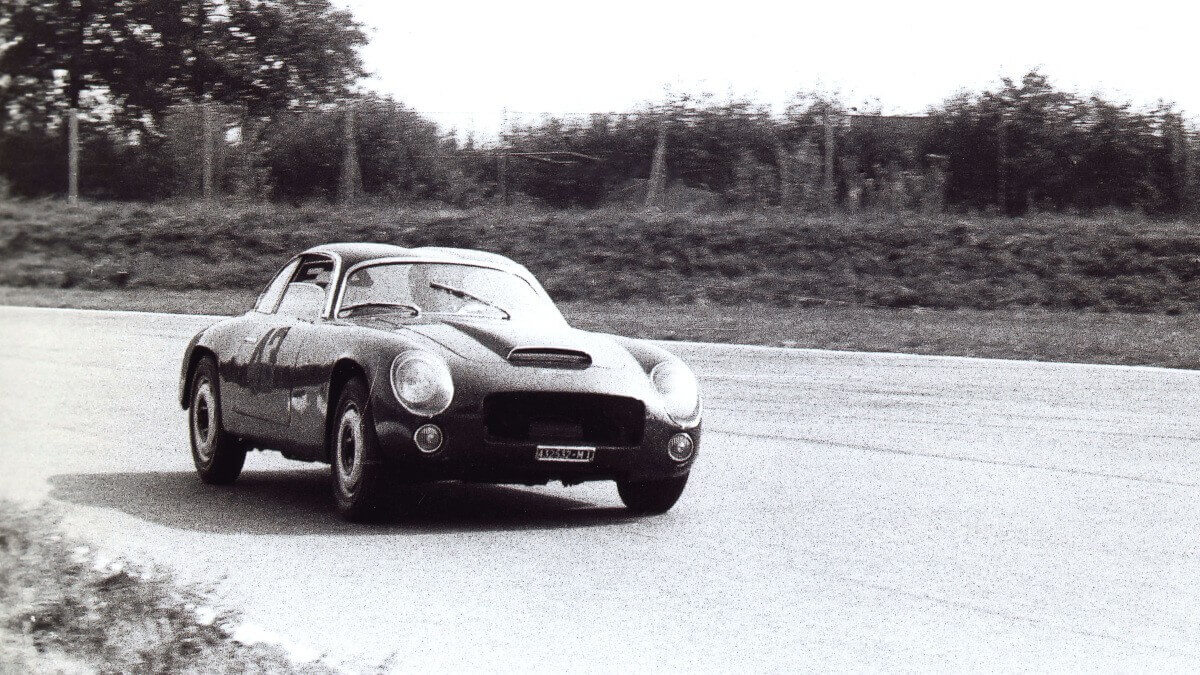

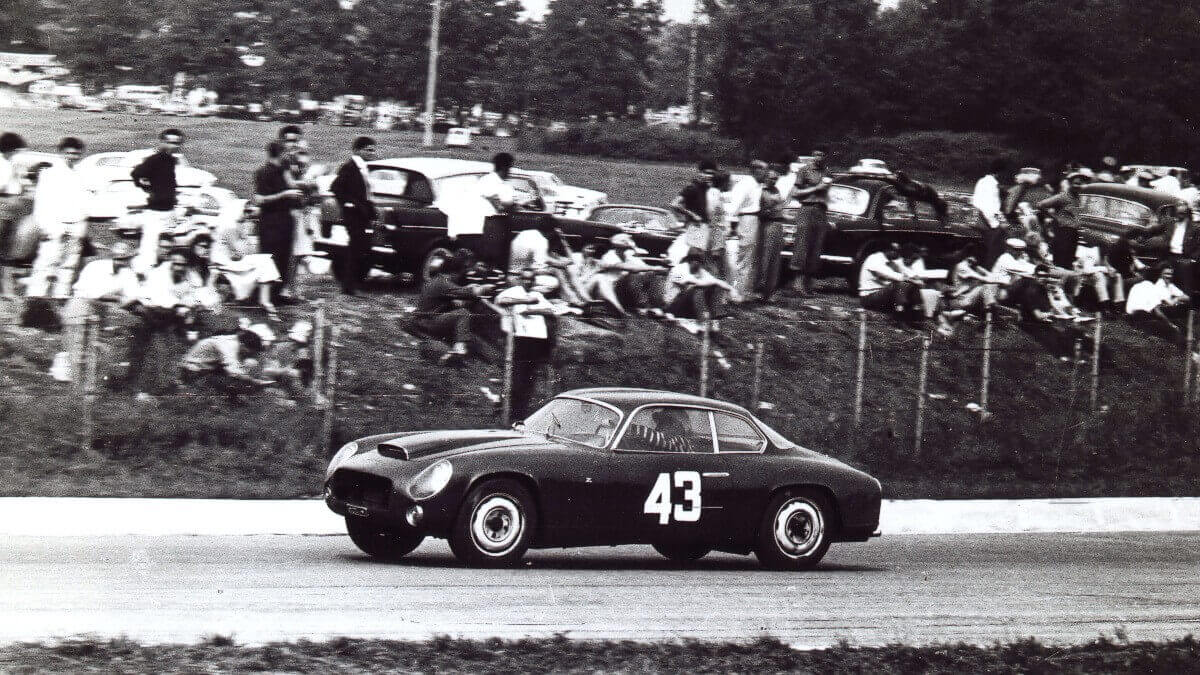

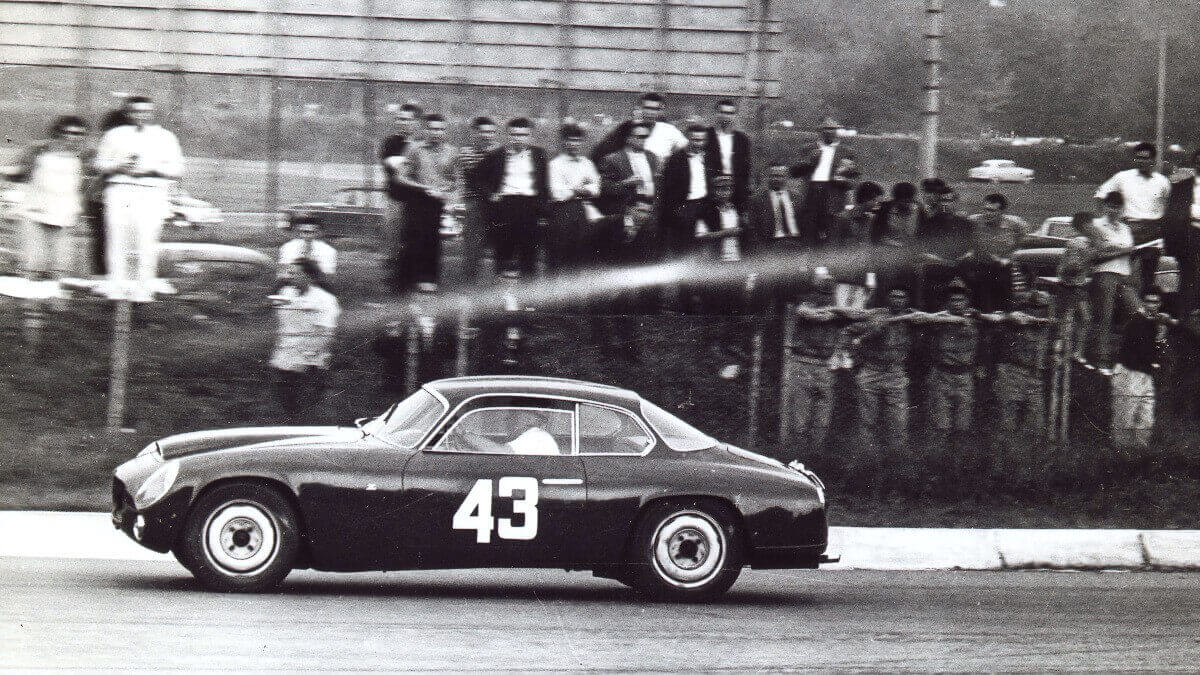

In addition to the practical four-door Lancia also offered beautiful variations of the Flaminia, which were also realized by external coachbuilders. Pininfarina also produced a four-seater Coupé in addition to the Limousine. At the same time, Touring built a two-seater Coupé, on the basis of which a Cabriolet variant was also realized. Next to those, Zagato was also taken on board, where the Sport version with aluminium bodywork was developed from the luxury class vehicle. Two years after the sedan, this racing car made its debut at the Turin Motor Show. In the first series, the two-seater Coupé showed headlights behind clear glass covers to match the streamlined body curves. Above the heads of the passengers was the double bubble roof with a recess in the middle, which Zagato is known for until today, and which gave the vehicle not only a better drag coefficient but also more stiffness. From autumn 1963 the performance of the Flaminia Sport Zagato was increased to 110 kW/150 hp. At the end of its production time there was the Flaminia 3C Supersport, whose body was reworked by Zagato and equipped with a Kamm tail. Thus the car reached a topspeed of 210 kph (130 mph).
As a former top auctioneer at the renowned auction house RM Sotheby’s, Max Girardo knows a lot about rare and extraordinary classic cars. So it isn’t surprising that he always offers such vehicles in his car dealership ‘Girardo & Co.’. Currently he is showing a Lancia Flaminia Sport Zagato Series 1 on his website, of which only 99 copies have been produced. Chassis number 824.02.1007 was created at the beginning of 1959 and initially belonged to Zagato, before they sold the car to race driver Giovanni Rota at the beginning of 1960. He used it at racing events such as the Trento Bondone hillclimb or the ‘Giro Automobilistico Dei Due Mari – Coppa Citta di Catanzaro’, for which he removed the bumpers. In the latter race the starter list shows a certain ‘Conte Scanza’ as the pilot of the Lancia. Behind this synonym was none other than Elio Zagato, son of the coachbuilder and company founder Ugo Zagato. He achieved a victory in class with the Flaminia. A month later Zagato and Rota shared the place behind the wheel at the Coppa Inter-Europa in Monza, which a few years later became the 1000-kilometer race. They improved the lap record for their car class in practice and crossed the finish line as class winners after 79 laps. At the end of the year Maria die Lentini bought the Lancia and kept it for six years. Then the Flaminia moved to Rome and in 1968 to the collection of Massimo Marsiani. The current owner bought the car from him and had it extensively restored. He opted for the appearance of the Coppa Inter-Europa in 1960, which could be recreated by using many photos included in the vehicle documentation. A Lancia designed and built by Zagato, which was then successfully used in motorsports by a member of the Zagato family – it will be difficult to find something like this again.
Images: Girardo & Co.


